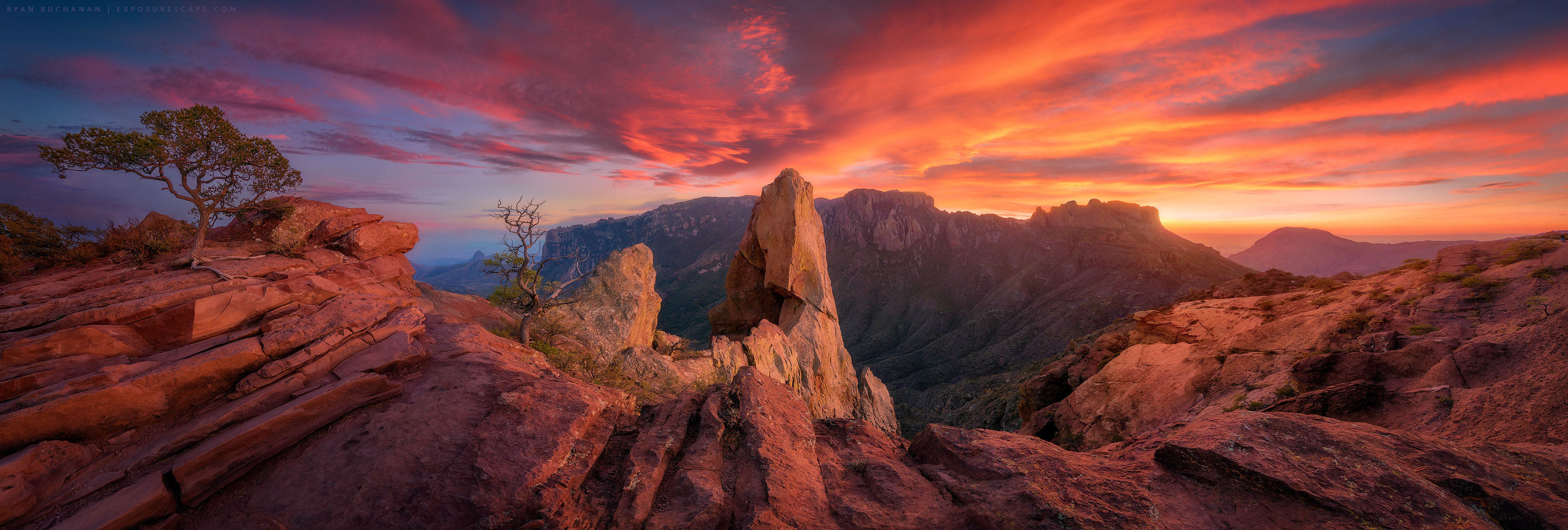
Image by Ryan Buchanan
Over several weeks, we have virtually visited some of the most beautiful parks in the United States. As we approach the end of this blog, there is one last destination that needs to be shared. Growing up in Texas, I hold this park very near to my heart. It is the notorious “big bend” deep in the heart of Texas. Isolated in the far west of the state, Big Bend National Park is the most underrated national park in the nation. Its beauty is irreplaceable, and the memories created in this region will last a lifetime.

Texas is known for its blue skies that stretch for miles. Big Bend National Park offers wonderful views of a diverse landscape that is sure to amaze visitors. Take advantage of this opportunity to experience the Texas skies with a scenic drive throughout the park. Ross Maxwell Scenic Drive is a wonderful option. The route is roughly 30 miles in length and offers views of Santa Elena Canyon, Sotol Vista, Mule Ears Overlook, and Tuff Canyon.
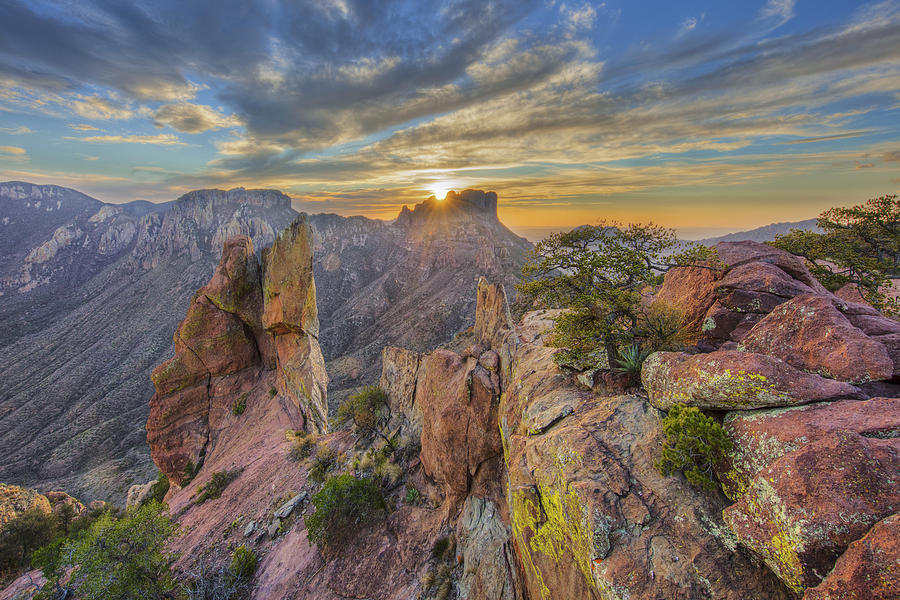
Image by Rob Greebon
The Chisos Mountains attract avid hikers year-round. There are multiple hiking trails that allow visitors to explore the beauty of Big Bend. Emory Peak is one of the more difficult routes available. This hike ends at the highest point in the park and gives hikers a 360-degree view of the gorgeous landscape. The trail is 10.5 miles round trip and begins at the Chisos Basin Trailhead.
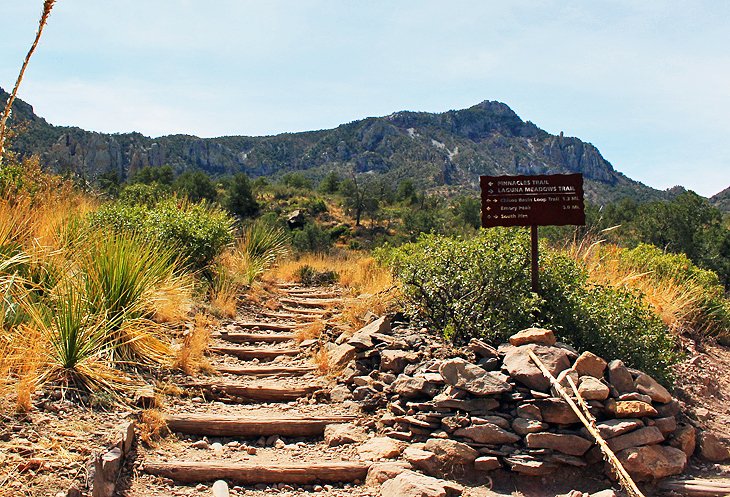
Image by Planet Ware
Floating the Rio Grande is considered to be one of the most popular attractions in the park. There are many options that range in mileage and duration. Floating down the Rio Grande allows visitors to catch views of the beautiful Santa Elena Canyon and the diverse ecosystem of the park. While there it is necessary to raise awareness for crossing international borders, visitors do not need to be concerned. The river does cross into Mexico, but contact with Mexican nationals is extremely rare. While landing on the Mexican bank of the river is illegal, there are many exceptions if safety measures are involved.

Image by Yinan Chen
The Fossil Discovery Exhibit is also another wonderful attraction at Big Bend National Park. This park holds an incredible fossil record that depicts the story of the region in ancient times. The center is located roughly 8 miles from Highway 385 and is open year-round from dusk to dawn.
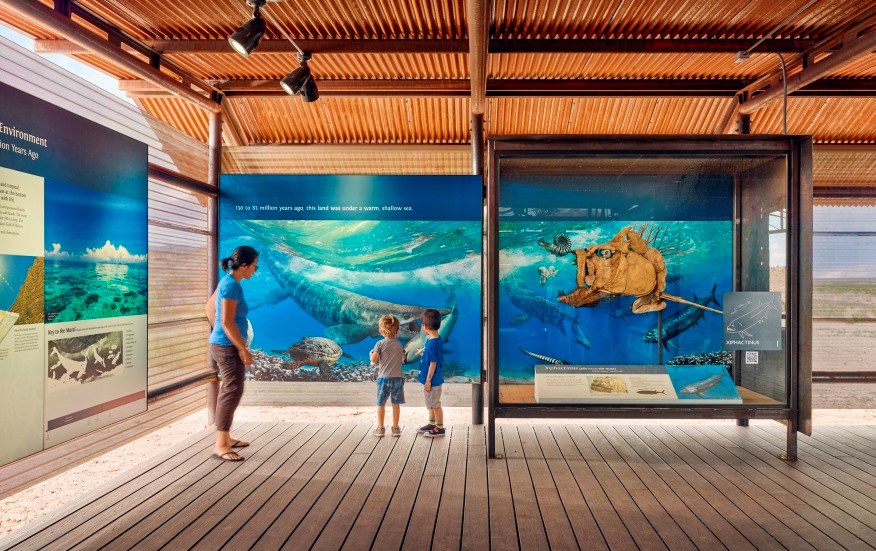
Image by the National Park Service
Big Bend National Park offers experiences that will ensure wonderful adventures for the curious. Visit soon!
Nestled between Cleveland and Akron, Cuyahoga Valley National Park is often forgotten (…much like the entire state of Ohio). Regardless, this national park holds native plants and wildlife that are waiting to be discovered by curious visitors.

Image by the National Park Foundation
Cuyahoga Valley National Park offers many fun activities. Visitors can explore multiple hiking and biking trails throughout the park. Fishing and canoeing are also popular pastimes to enjoy in the Cuyahoga River. There are also multiple destinations for picnicking. These areas can host family reunions or just a date for two.

There 125 miles of trails throughout the national park. Ohio’s Buckeye Trail is considered to be very popular among visitors. The trail has a north and south option with many options that range in difficulty, mileage, and time duration. Regardless of the path you pick, any trail in Cuyahoga Valley will allow visitors to discover Ohio’s hidden beauty.

Image by All Trails
The park settled along the historic route of the Ohio and Erie Canal. The Towpath Trail follows this route and hikers can see the canal that shipped goods from Cleveland to the east. This trail is open 24/7, year-round. It is handicapped accessible and great for young children. Visitors even have the option to ride the Towpath train to return to their access points along the trail.

The Cuyahoga Valley Scenic Railroad is a wonderful way to explore the national park. The entire trip is roughly two and a half hours long. The train’s path follows along Cuyahoga River and ables visitors to see the park’s beautiful wildlife. While the train is available year-round, the railroad operates on an extended schedule from June through October. All-day passes for adults cost $15, and children’s passes cost $10.

Questing is a super fun feature of Cuyahoga Valley National Park. There are more than 40 different adventures available in the Ohio and Erie Canalway. Clues and a map lead to quest boxes hidden around the park. The questing season takes place from April to November each year. Collect each of the 40 unique stamps and become a questing champion!
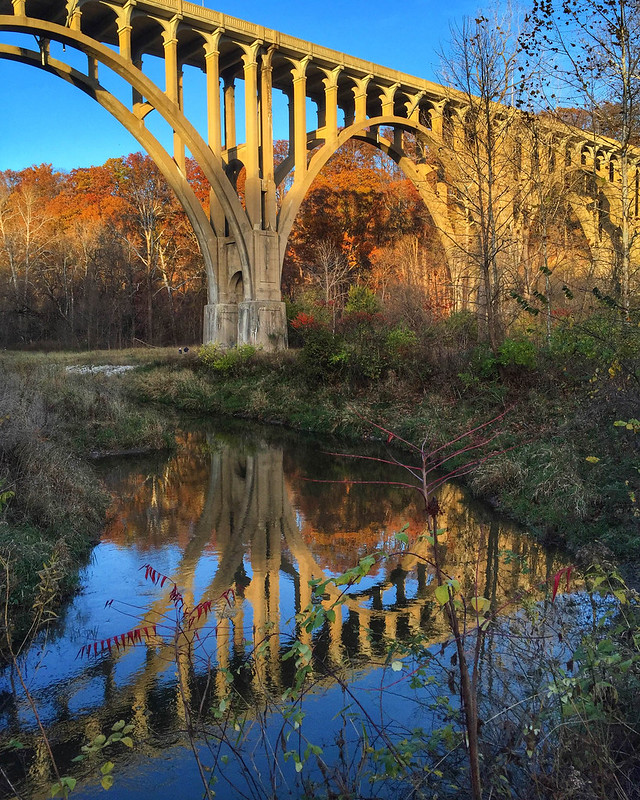
Image by Dangerous Business
Many people stereotype the entirety of the state of Ohio to be nothing but cows. This is totally debatable, but also a little true. Cuyahoga Valley National Park is possibly the only interesting place in Ohio for good reason. This National Park has so many opportunities for nature lovers. Its unique landscape will be sure to amaze even the most ferocious Ohio-haters. Visit Cuyahoga Valley soon!
Just under 3 hours from Seattle, Washington lies an untouched wilderness. North Cascades National Park has everything from jagged mountain peaks, lush forest valleys, to cascading river systems.
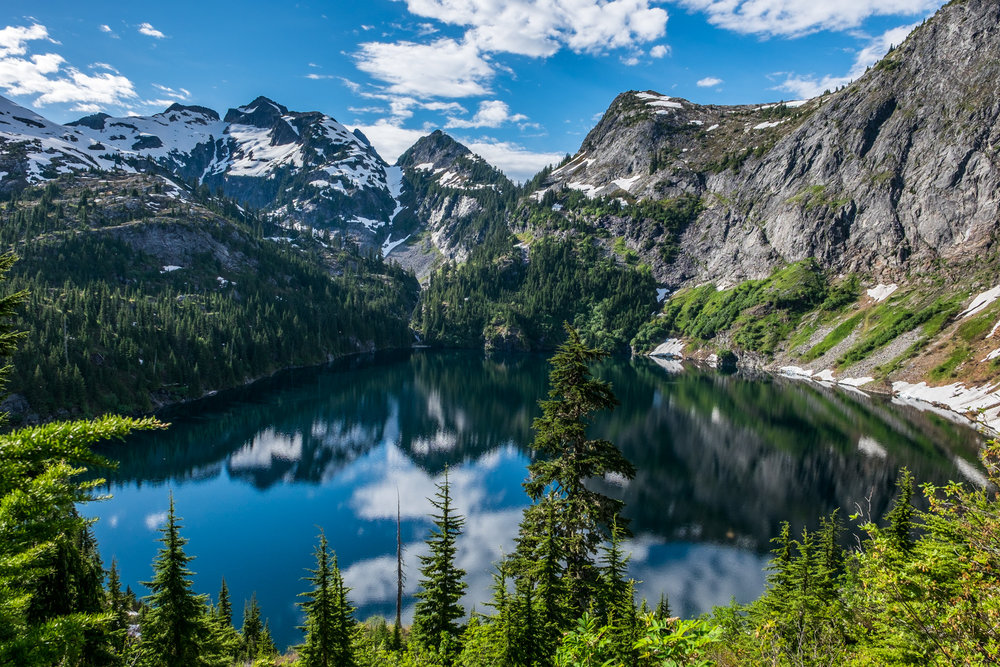
Image by the Greatest American Road Trip
There are many activities to participate in North Cascades. The North Cascades Insitute offers many programs that explore the history of the park. Classes include subjects like geology, animal life, and the ecosystem.

Image by Adventures Northwest Magazine
Birds are a major part of the park’s ecosystem. There are 200 species in 38 families that can be discovered throughout a multitude of habitats throughout North Cascades. The Great Washington State Birding Trail provides wonderful opportunities to see a variety of birds. This trail consists of over 3,000 miles and 7 different options of loops to explore. The most popular of these trials is the Olympic Loop. This option provides the opportunity to spot hundreds of different species of birds. The Olympic Loop in itself covers over 400 miles of trails. Hikers can choose a day or week-long expeditions. There are also ways to access parts of the trail by car, a more plausible option for a short-term trip.

The Skagit Eagle Festival is a month-long celebration of eagle watching. This festival takes place in January, during prime eagle-season in Skagit county. Activities throughout this celebration include guided hikes, 5k salmon runs, and even campfires. It is a wonderful opportunity to reconnect with nature.
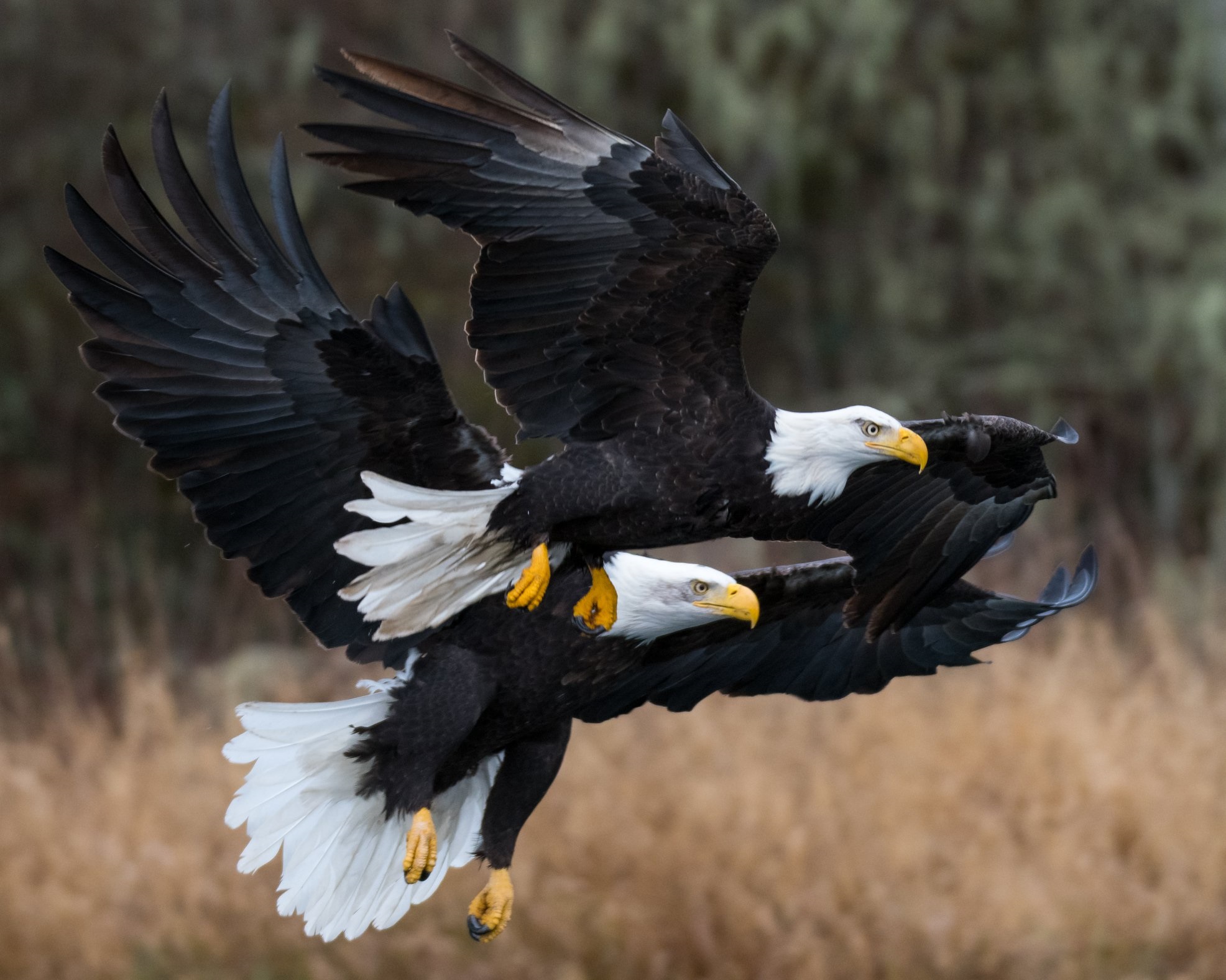
Image by Explore Skagit Valley
Bear Safety is very important in relation to North Cascades National Park. Visitors must remember that bears are animals that deserve respect. The population at North Cascades consists of black and grizzly bears. They begin hibernation in the fall and reemerge in the spring. These animals have exceptional eyesight, and a great ability to climb trees. This is why visitors should go to extreme lengths to avoid close encounters. Hikers can practice safety measures like hiking in groups, being alert, making plenty of noise, and giving the wild animals space.
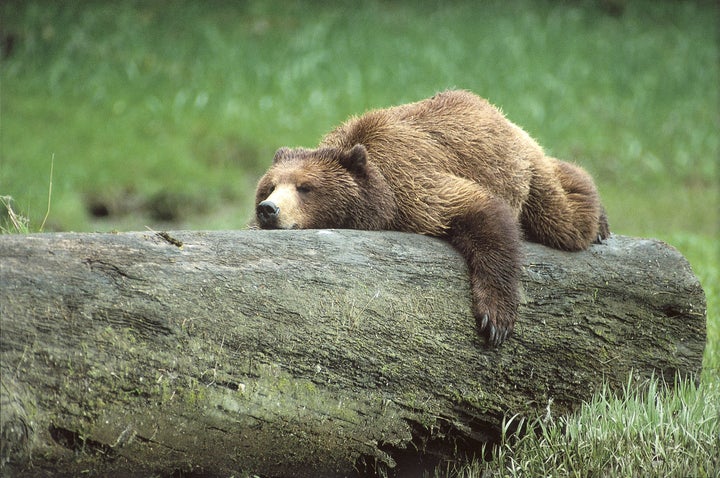
Image by Robin Silver
Climate change also has a major impact on North Cascades National Park. The region holds about 300 glaciers among its mountains. These glaciers are essential to the parks’ aquatic ecosystem. The loss of glaciers due to climate change disrupts multiple river systems throughout the area. Scientists at the North Cascades National Park Service Complex began long-term monitoring of the glaciers in 1993. All glaciers are retreating, but singular glaciers each have a different response to climate change. The threat to these unique natural features grows with each passing year.

Image by Andy Porter
This park holds once-in-a-lifetime experiences that will develop into fantastic memories. Visit soon!
A tiny set of islands in the Pacific Ocean remains largely untouched by the modern world. Their natural beauty has been protected and preserved to benefit future generations. This national park must be admired and visited by nature enthusiasts.
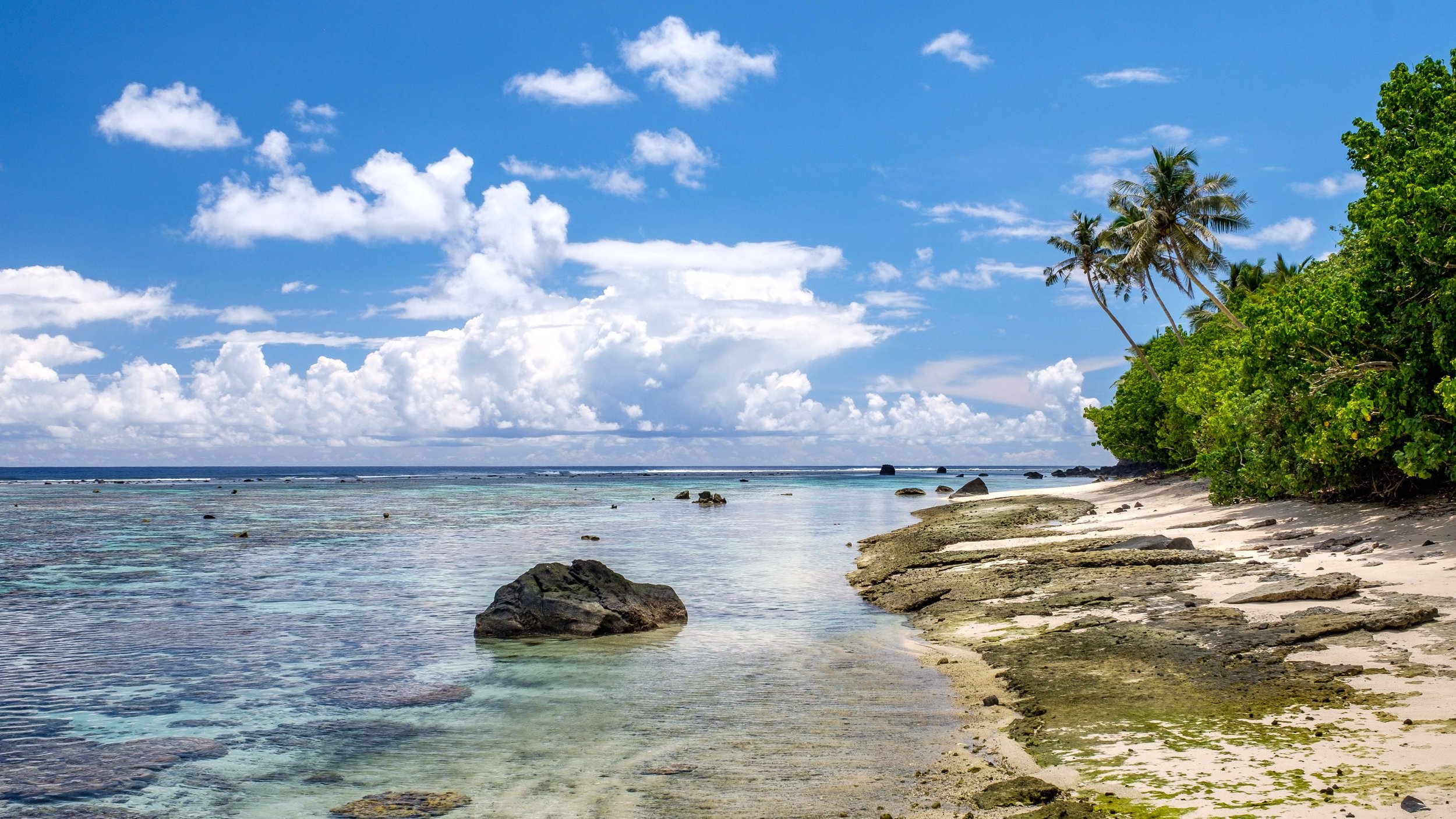
Image by The Greatest American Road Trip
National Park of the America Samoa is located in the South Pacific. The park is accessible only by airfare and boats. The nearest airport, Pago Pago International, is located on Tutuila Island. Hawaiian Airlines is the only major aircraft carrier that services the island. Flights can also be found out of Australia, New Zealand, and Fiji. American citizens are not required to travel with a passport because American Samoa is a territory of the United States.

Image by the National Park Service
When visiting the national park, the local culture must be respected. Visitors are expected to practice Fa’asamoa: the Samoan way. Always ask before taking photos of the locals, visiting beaches, or participating in other community activities. Sunday is the day of religious rest for the Samoan community. There will be no activities, like swimming, permitted on this day. The Samoan culture also practices a prayer tradition called Sā. If the Sā is in progress, visitors must wait to enter villages. Cars traveling on main roads do not have to stop for Sā.

Image by The Best Travel Places
America Samoa has a tropical climate. The average rainfall is estimated to be 125 inches in dry regions, and 300 inches in the mountain ranges. This climate enables lush vegetation to support three species of bats that are the only animals native to the islands.
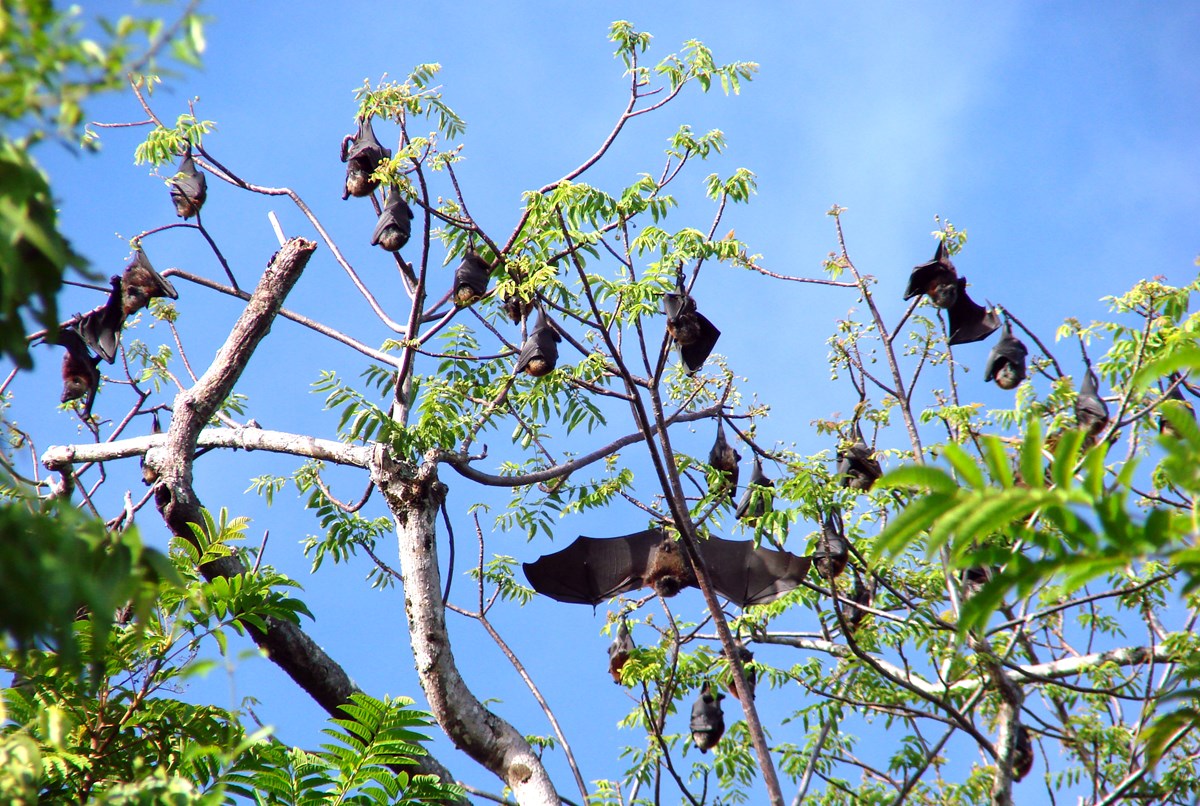
Image by the National Park Service
The park spans three separate islands: Ta’u, Ofu, and Tutuila. These islands hold 2550 acres of coral reefs. These coral reefs are being threatened by climate change. Coral bleaching and coral disease are now extremely common due to rising temperatures of nearshore waters. The National Park Program’s Coral Reef studies find that:
“Competing hypotheses attribute survival to small colony size or young colony age. Whether the most effective strategy to maintain or restore NPSA reefs will be by transplanting coral fragments or by sustaining broodstocks depends on which of these hypotheses is correct.”
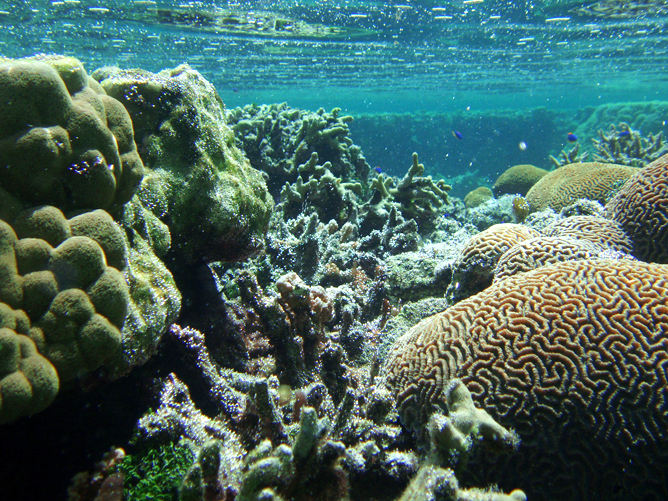
Image by the National Park Service
While the issue of coral reef mortality cannot be readily solved, visitors to the national park can take other steps to preserve the beauty of the America Samoa. Fishing is prohibited on the island to protect rare species of fish. Visitors should also respect the wildlife and practice Leave No Trace policies.
The National Park of the America Samoa deserves more recognition as an island paradise. The park holds some of the most beautiful sights in the world and deserves future protection and preservation of its natural resources.
There is a forgotten National Park located off the coast of California that deserves recognition. This tiny chain of islands holds some of the most amazing natural beauty and wildlife in the world.

Channel Island National Park encompasses 5 unique islands that boast unique ecosystems. The park is open year-round, and almost all of the campgrounds are open year-round with an exception for Santa Rosa Island Backcountry Beach Campground. The location is closed from January 1st to August 14th to protect the nesting wildlife that calls the island their home.
The park is only accessible by park concessionaire boats, public/private planes, and boats. There is also no transportation or lodging available on the islands. Visitors must plan ahead and be self-sufficient.
The five islands that make up the National Park include Anacapa, Santa Cruz, Santa Rosa, San Miguel, and Santa Barbara islands.
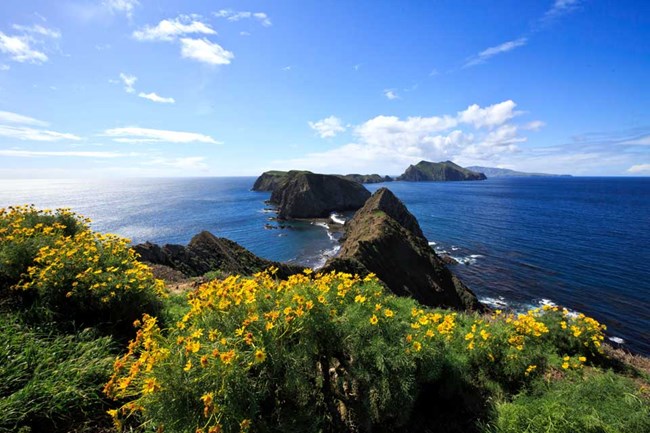
Image by The National Park Service
The name Anacapa is derived from the Chumash Native American name Anypaku. All of the Channel Islands have a strong connection linked to the Chumash heritage. These peoples inhabited the islands for centuries before Spanish explorers discovered the territory.
Anacapa Island stretches almost 5 miles in length and is divided into 3 islets that are only accessible by boat. The island is characterized by its amazing sea caves, cliffs, and natural bridges.
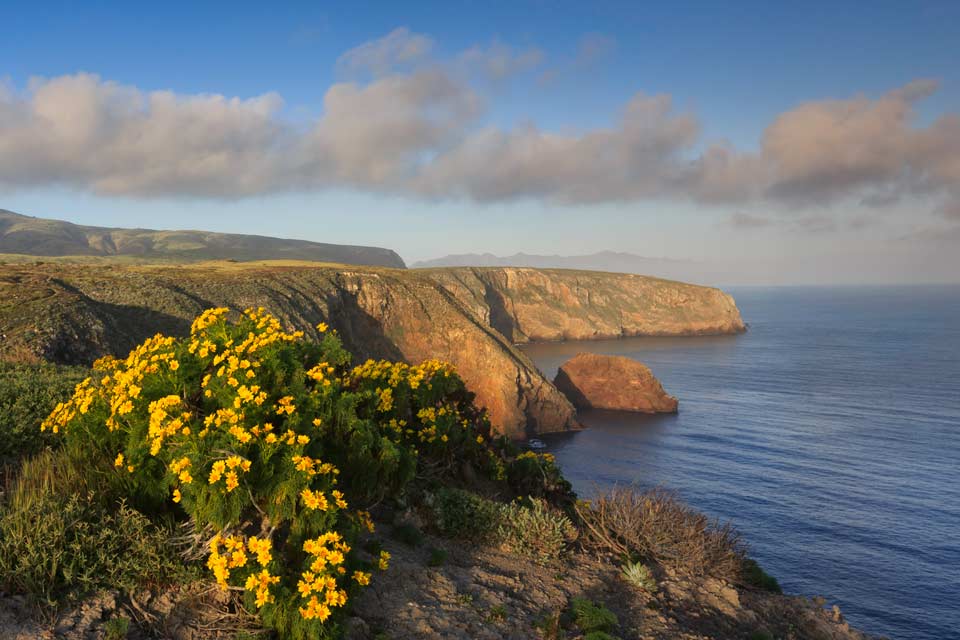
Image by The National Park Service
Santa Cruz Island is considered to be a “miniature California.” It is the largest island in California and a wonderful representation of how the undeveloped coast of the state was once portrayed. Santa Cruz is protected by the Nature Conservancy and the National Park system. The Nature Conservancy owns 76% of the island. The island encompasses mountain ranges, fault systems, canyons, beaches, tidepools, and sea caves.

Image by Lawerence Goldman
Painted Cave is located within the northwest coastline of Santa Cruz. This cave is one of the largest and deepest sea caves in the world.
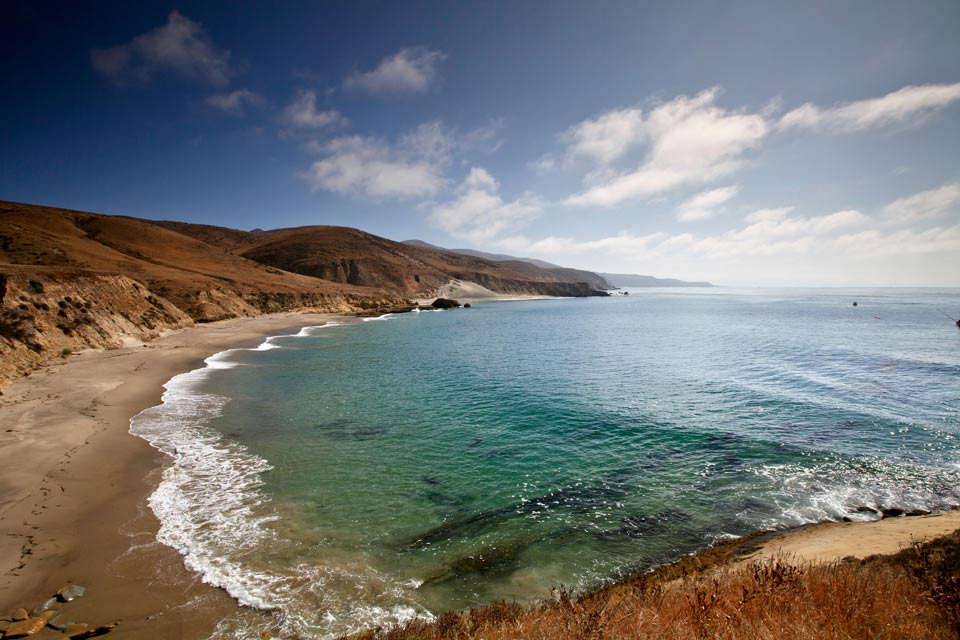
Image by The National Park Service
Santa Rosa is the second-largest island that makes up the national park. The Island boasts over 500 plant species. Six of these species can only be found on Santa Rose and nowhere else in the world. One of these plants is named the Torrey Pine. It is considered to be the rarest pine in the world.
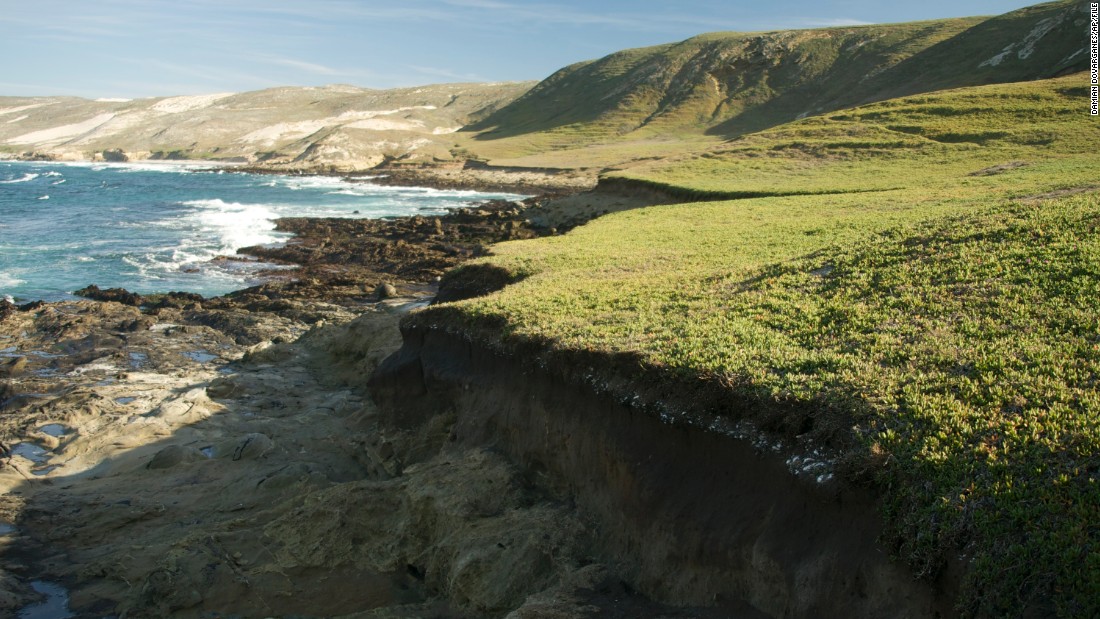
Image by CNN
In 1875, the island of San Miguel was described as a “barren lump of sand.” Years of cattle ranching and farming had destroyed the island’s ecosystem. However, recent conservation efforts have allowed the small island to regain life. Seals and Sea Lions are currently making a comeback in the nesting areas of the island.

The smallest of the Channel Islands is Santa Barbara. Santa Barbara has been named the jewel of the Channel Islands. The island is filled with natural beauty and an ecosystem that supports a variety of species. It is an important nesting site for seabirds. 11 species of seabirds nest on Santa Barbara. The shoreline also provides nesting areas for sea lions and seals.
Channel Islands National Park deserves more recognition. The natural beauty of the islands will enhance visitor’s quality of life.
When picturing the state of Nevada, scenes of the Las Vegas Strip may come to mind. After all, no one travels to Nevada without visiting Sin City. However, many fail to recognize the peaceful world that lays beyond the dazzling cities’ lights. Approximately 9 hours from Las Vegas is one of the most underrated National Parks in the nation.

Image by National Geographic
Great Basin National Park was established in 1986. The park revolves around the famous Lehman caves that have been a popular tourist destination for decades. The land that makes up the park has been inhabited by a vast variety of people. Native Americans settled in the region 10,000 years ago. The Pueblo culture then migrated into the area 1,000 years ago. In 1856, Mormons established settlements in the basin that are still existing today. Great Basin has influenced these cultures and left a lasting impact on their histories.

Great Basin National Park is the perfect destination for avid campers. The park offers five developed campgrounds: Upper Lehman Creek, Lower Lehman Creek, Baker Creek, Grey Cliffs, and Wheeler Peak. Lower Lehman Creek Campground is open through all seasons. The other four campgrounds stay open from May to October. The camping operates on a first-come, first-served basis. It costs $15 a night to stay at these campgrounds.

Image by RV.net
This national park offers numerous amazing activities and attractions. Great Basin is named the International Dark Sky Park. There are pristine conditions to view stars within the park that do not exist anywhere else in the United States. The park service offers an astronomy program that occurs on Saturdays from April to October. Additional nights are added during the summer season. The timings of the events will also change throughout the season.
 Lehman Caves are the park’s most popular attraction. The caves may only be visited with a tour guided by park rangers. These tours are available daily all throughout the year. There are two different types of tours: The Lodge Room and the Grand Palace. The Lodge Room tour is 60 minutes long and explores the Gothic Palace and Music Room sections of Lehman Caves. The Grand Palace is 90 minutes long and visits the Inscription Room and Grand Palace along with the sections offered with the shorter tour.
Lehman Caves are the park’s most popular attraction. The caves may only be visited with a tour guided by park rangers. These tours are available daily all throughout the year. There are two different types of tours: The Lodge Room and the Grand Palace. The Lodge Room tour is 60 minutes long and explores the Gothic Palace and Music Room sections of Lehman Caves. The Grand Palace is 90 minutes long and visits the Inscription Room and Grand Palace along with the sections offered with the shorter tour.
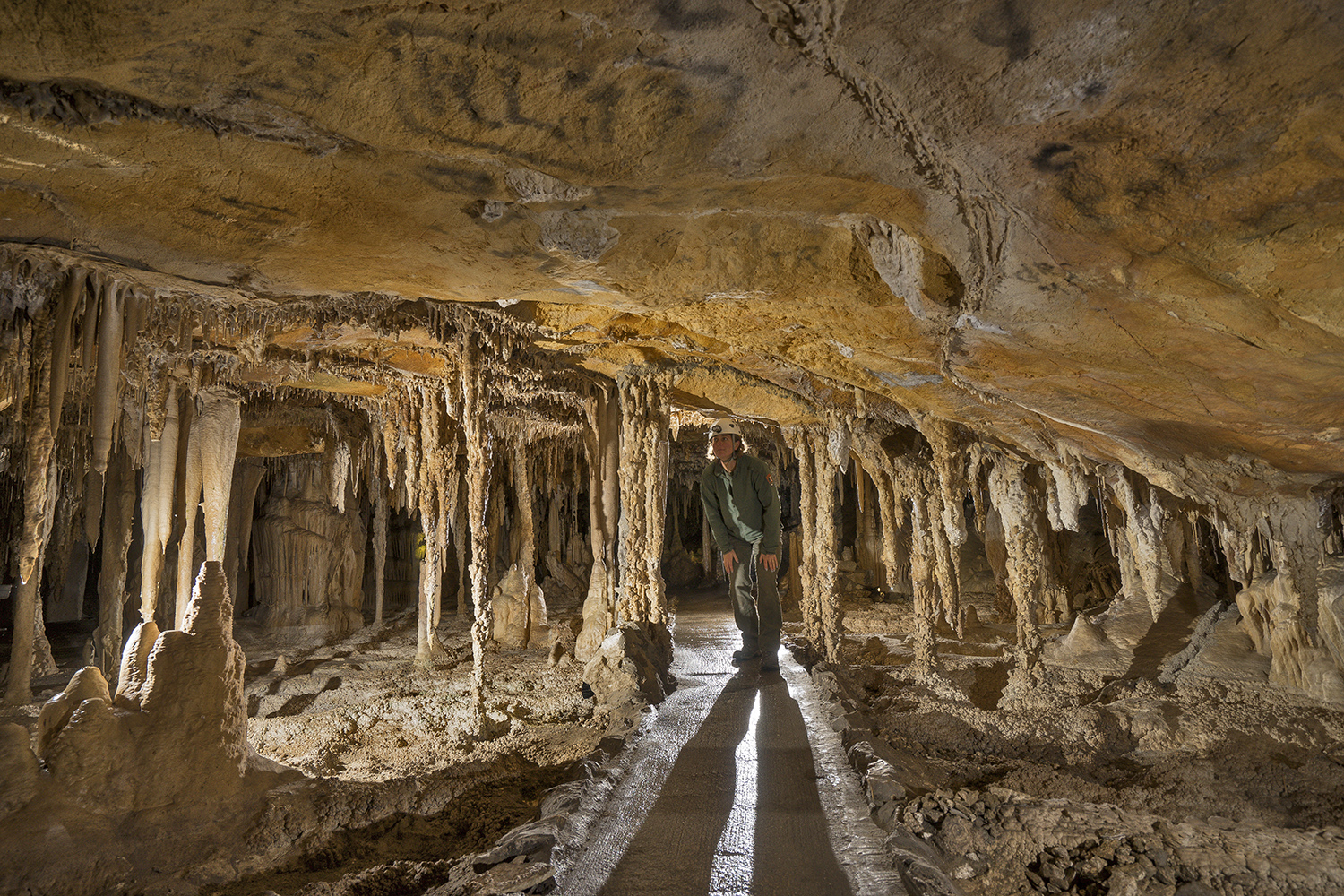
Image by Pal and Hatty
Great Basin is not a barren national park. Its’ beautiful mountains, rugged landscape, and unique cave systems offer amazing experiences to visitors. The quiet landscape holds numerous secrets that will intrigue anyone with the slightest curiosity. Explore them.
Imagine the most embarrassing situations. Your credit card gets declined. You called your boss “mom.” You accidentally liked that 5-year-old Instagram post hidden deep within your ex’s account. All situations that cause the utmost despair. Do you ever want a way out? Do you want to hide from society forever?
While you may never retrieve the dignity lost after calling your boss, “mom,” there is a location to camp out the most embarrassing repercussions. A place so far that you will not receive that 2 AM, “u up?” text from your ex-partner. Gates of the Arctic National Park is the perfect scene to find yourself after life knocks you down. A short trip to this heaven will solve every problem that may plague your mind.

Image by University of Alaska Fairbanks
Gates of the Arctic National Park is located north of the Arctic Circle in the remote Alaskan wilderness. This park is the northernmost national park in the United States. It holds 8,472,506 acres.
Gates of the Arctic is off the grid– completely. The national park has no roads, trails, or service centers. The land is remote and untouched by industrialization. Nomadic tribes live within the park’s boundaries and have relied on the area’s natural resources for centuries. Visitors must have adequate survival skills and be able to care for themselves and their partners when visiting the park. There are no emergency services within hundreds of miles.

Image by National Park Service
The park holds multiple wonders of nature. Six national rivers can be found within Gates of the Arctic: Alatna, John, Kobuk, Noatak, North Fork Koyukuk, and Tinayguk.

The Alaskan mountains are also magnificent. Wilderness advocate Robert Marshall called the two peaks, Frigid Crags and Boreal Mountain, as the gate for which the park is named.

Image by Patrick Endres
Numerous species of animals alway call this wilderness home. The park contains much of the habitat of the Western Arctic Caribou. Grizzly bears, wolves, mooses, wolverines, and foxes can also be spotted throughout the rugged landscape.
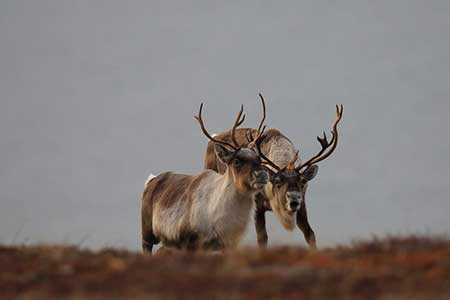
Image by Alaska Department of Fish and Game
While the park sees little snow, the extreme cold traps any precipitation to the landscape, creating a world of white ice. November to March is the park’s coldest season, with temperatures ranging from -20 degrees to -50 degrees. The best time to visit the park is in June.
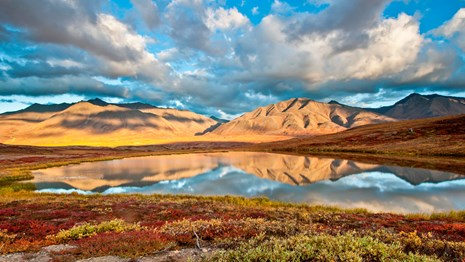
Image by the National Park Service
Gates of the Arctic was created to preserve one of the last frontiers on Earth. All visitors are required to practice minimum impact techniques and the “Leave No Trace” principles. This national park is not a frozen wasteland. It holds beauty, solitude, and a reminder of what it means to be human.
So, next time you want to drop off the face of the Earth, hop on a plane to Gates of the Arctic National Park!
Writer Wallace Stegner once stated that National Parks were, “the best idea we ever had.” The creation of parks that preserve natural beauty has been landmarked as a “truly American idea.” These natural wonders have become the pride and joy of American Citizens. National Parks play a large role in American heritage, and their history stretches back to the progressive era.

Image by Hike and Draw
U.S. President Theodore Roosevelt is considered to be a champion of the National Park System. During his presidency, Roosevelt preserved millions of acres of U.S. land for parks, monuments, bird sanctuaries, and national forests. In 1916, the National Park Service was created to ensure the protection of the parks. Currently, the National Park Service protects more than 400 National Park sites across the United States. One such site is named Theodore Roosevelt National Park and it is one of the most underrated parks in America.

Image by Hahn Nature Photography
The Theodore Roosevelt National Memorial Park was created in 1947 to honor President Roosevelt’s conservation of natural beauty. The site was not officially named a national park until 1978 when it was increased in size.
The park is located in North Dakota and encompasses much of the state’s badlands. Popular visitor attractions include the Petrified Forests, Painted Canyon, and Maltese Cross Ranch Cabin.
 Image by Chuck Haney
Image by Chuck Haney
The park’s wildlife also attracts thousands of visitors every year. Bison roam the park in large numbers. Elk, white-tailed deer, wild horses, bighorn sheep also inhabit the area.
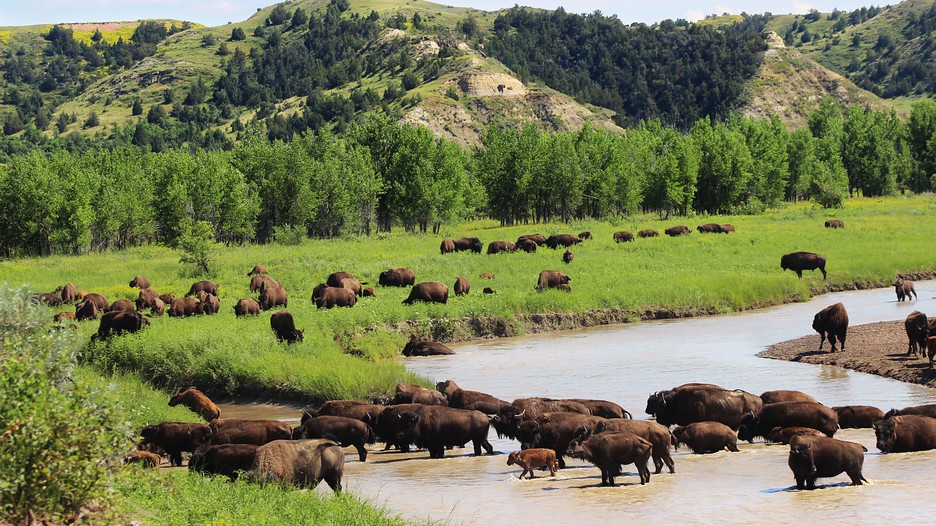
Image by National Park Service
The best time to visit Theodore Roosevelt National Park is from late spring to summer. The isolated location allows for a more private experience in the North Dakota Badlands. The park is about 130 miles east from Bismark, along Interstate 94. It is recommended to take multiple days to explore all the park has to offer. However, the Scenic Loop Drive is sufficient for a quick one-day trip.
There are over 100 miles of hiking trails available to visitors. One of the most popular is the Wind Canyon trial. The 0.4-mile hike takes about 20 minutes to complete and offers stunning views of the Little Missouri River.

Image by Trail Mob
Caprock Coulee is another popular option for experienced hikers. The trail is approximately 4.3 miles long and takes about 2-3 hours to complete. The first three-quarters of the trail is relatively easy. The hike only becomes more strenuous as visitors climb up a ridge to capture amazing views.

Image by All Trails
Theodore Roosevelt National Park has so many other experiences to offer. Visit the park to explore the wild and appreciate America’s natural beauty.













































